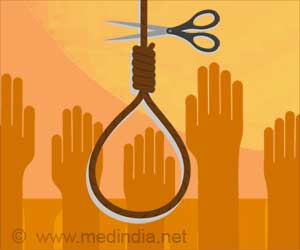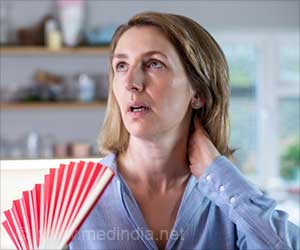Physically active older veterans were found to fall more but less likely to injure themselves when they do, revealed researcher.

‘Physically active older veterans: Being active puts you at more risk for a fall, but if you are more active/in shape, the fall is more likely to be a minor one and not a serious one resulting in injury.’





Using data from 11,841 veterans and 36,710 nonveterans in the 2006-2015 waves of the Health and Retirement Study at the U-M Institute for Social Research, the study found that veterans had 11% more noninjury falls but 28% fewer injurious falls than nonveterans. While the risk of noninjury falls increased more with age for veterans than for nonveterans, physical activity was more protective against a noninjury fall for veterans. Hoffman said that because veterans are nearly 100% male, there's not enough data to definitively state if the findings apply to all physically active men, or just veterans.
This research is important because as people age, it's critical to find a good, healthy balance between physical activity and fall risk, Hoffman said.
"Personally, I'd rather not be the older adult who feels it's best to always sit on my couch because I'm too afraid of having a fall, so that when I do fall, it's really serious," he said. Lack of physical activity carries both emotional and physiological health risks for older adults, including metabolic problems like diabetes, obesity and high blood pressure, and social isolation and depression.
Hoffman said older adults reap the benefits of physical activity from when they were younger, but veterans may benefit even more. It could be that vets have accumulated "health capital" from active lifestyles, including military training and activities while younger.
Advertisement
"That's important, I think. A good trade-off can be made: more activity and independence at the cost of some more minor falls. It's up to each older individual with the input of family caregivers to weigh those trade-offs."
Advertisement
The study looked primarily at men, but it's "entirely plausible" that the relationship between falls and injury and physical activity also exists in women, Hoffman said.
The study defined moderate activity as gardening, walking at a moderate pace, stretching exercises or home repairs, and vigorous activity as jogging, swimming, tennis or heavy housework. Physical Activity and Falls Among a National Cohort of Older Veterans appears online in the Journal of Applied Gerontology (DOI:10.1177/0733464820915807).
Source-Newswise









